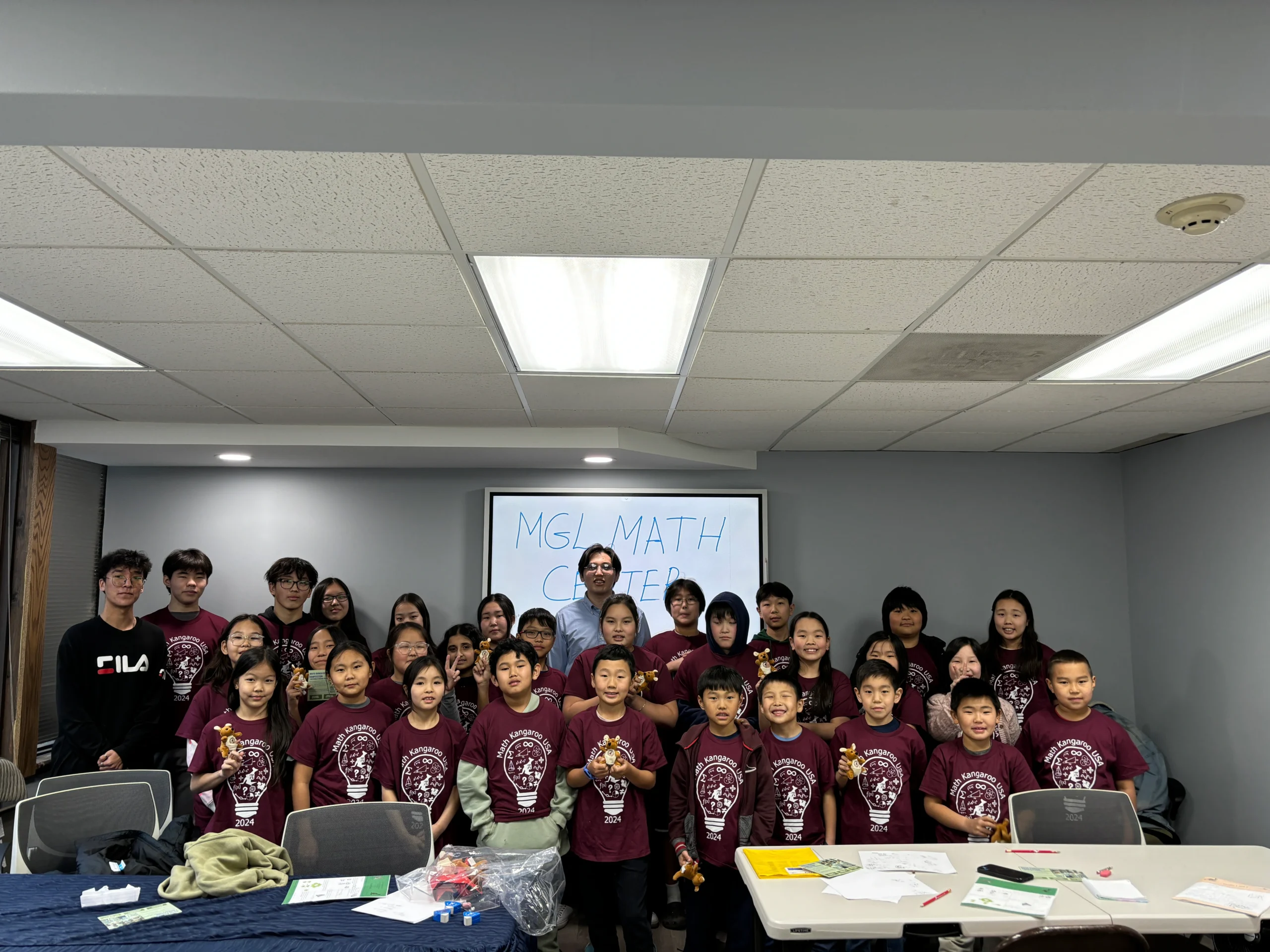Unlocking Math Mastery: The Learning Pyramid, Socratic Method, and Spaced Repetition
Introduction
In the journey of mastering mathematics, traditional teaching methods often fall short in ensuring deep understanding and long-term retention. However, when we integrate the Learning Pyramid, the Socratic Method, and Spaced Repetition into math education, we unlock a powerful synergy that significantly enhances learning outcomes.
The Learning Pyramid
The Learning Pyramid, a model developed by the National Training Laboratories, suggests that learners retain approximately 5% of what they hear in a lecture, 10% of what they read, but up to 75% of what they practice by doing. This model underlines the importance of active engagement and hands-on learning in mathematics. Instead of just listening to explanations or watching someone solve problems, students should actively engage with mathematical concepts through problem-solving and practical application.
Socratic Method in Mathematics
The Socratic Method, a form of cooperative argumentative dialogue, is particularly effective in teaching mathematics. By asking a series of thought-provoking questions, educators can guide students to discover mathematical principles and solutions on their own. This method develops critical thinking and problem-solving skills, essential for understanding complex mathematical concepts.
How it Works:
- Questioning: The teacher poses challenging questions about a math problem, encouraging students to think deeply about the concept.
- Reflective Response: Students articulate their thoughts and reasoning, exploring different avenues to the solution.
- Guided Discovery: Through further questioning, the teacher steers students towards discovering the underlying mathematical principles.
- Collaborative Learning: Students engage in discussions with peers, fostering a deeper understanding through shared insights.
Spaced Repetition in Math Learning
Spaced Repetition is a learning technique that involves revisiting and practicing mathematical concepts at increasing intervals over time. This method is grounded in the psychological spacing effect, which demonstrates that information is better retained when study sessions are spaced out rather than crammed.
Implementing Spaced Repetition:
- Initial Learning: Introduce and explore a math concept thoroughly.
- First Review: Revisit the concept after a day or two, reinforcing the initial learning.
- Subsequent Reviews: Schedule further reviews, gradually increasing the intervals between them (e.g., after one week, two weeks, a month).
- Adaptive Practice: Adjust the intervals based on the learner’s proficiency and comfort with the concept.
Combining the Approaches
Integrating the Learning Pyramid, Socratic Method, and Spaced Repetition creates a robust framework for math education.
- Active Participation: Students actively engage with math problems, aligning with the Learning Pyramid’s emphasis on learning by doing.
- Critical Thinking: The Socratic Method challenges students to think critically and develop a deeper understanding of mathematical concepts.
- Long-term Retention: Spaced Repetition ensures that knowledge is not only acquired but also retained over the long term.
Conclusion
Mathematics is not just about learning to calculate; it’s about learning to think logically and solve problems. By combining the Learning Pyramid, the Socratic Method, and Spaced Repetition, educators can transform the way students learn mathematics, leading to greater comprehension, skill retention, and a genuine love for the subject. As we embrace these methods, we prepare students not just for exams, but for a lifetime of mathematical thinking and problem-solving.

